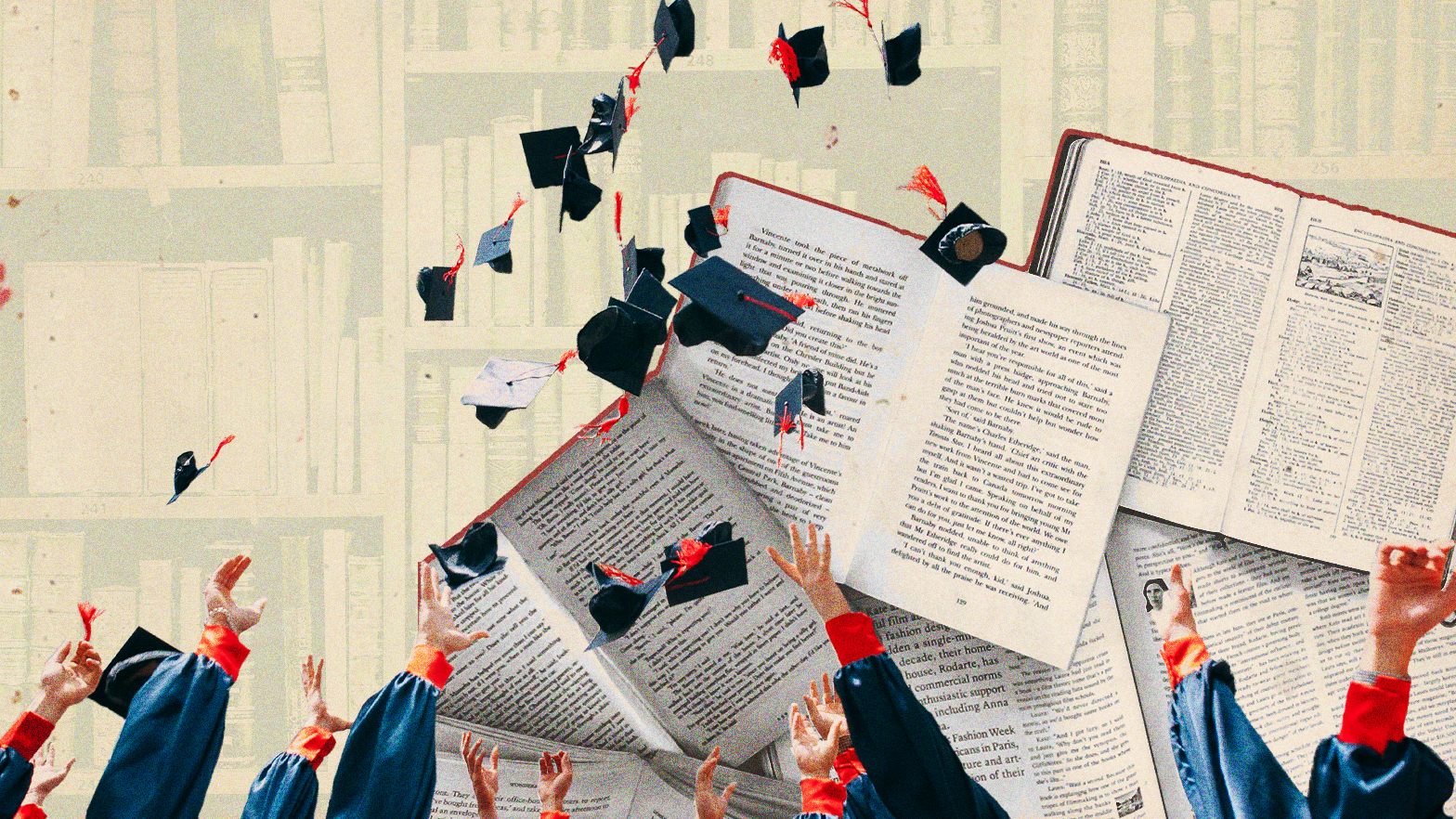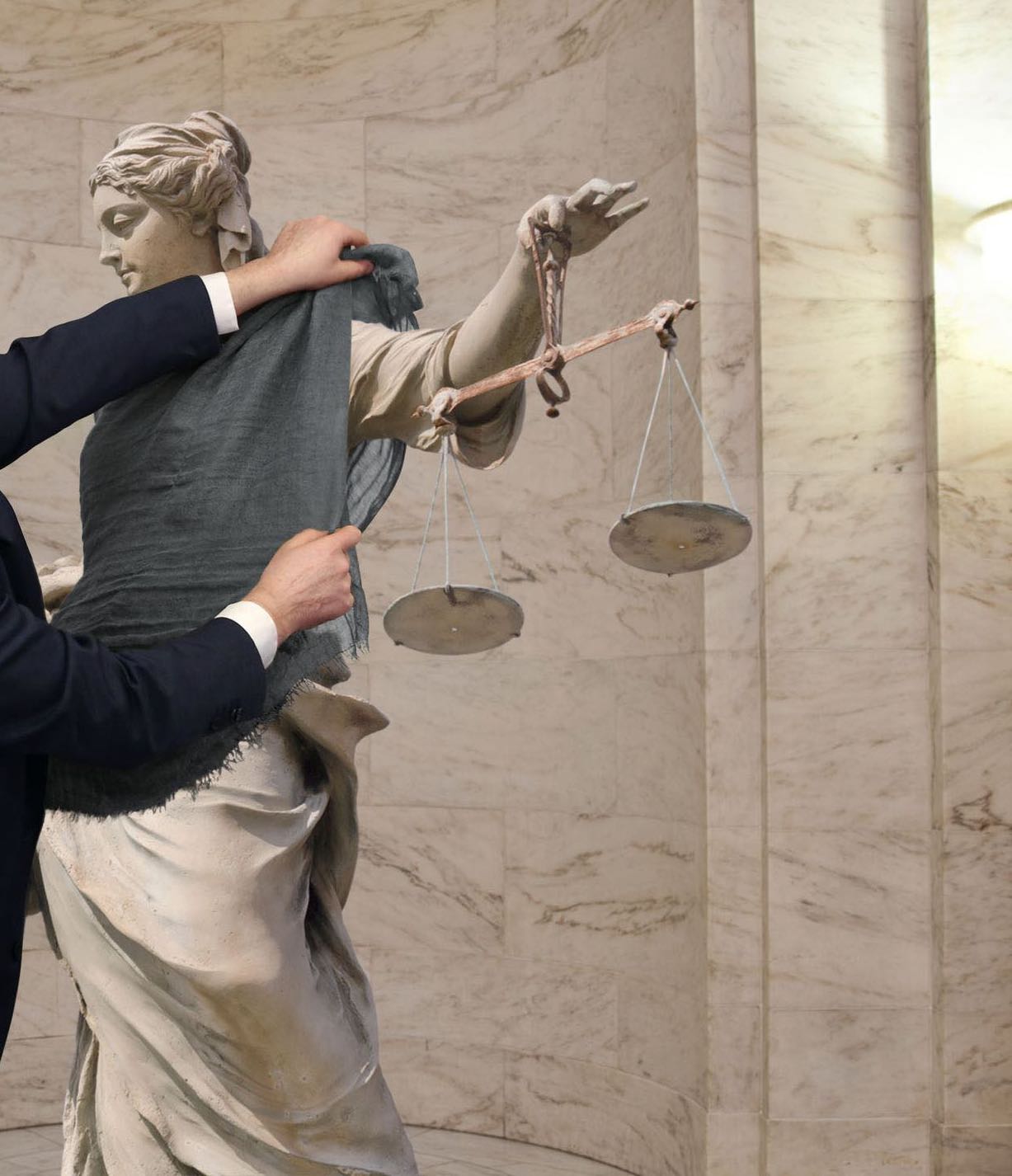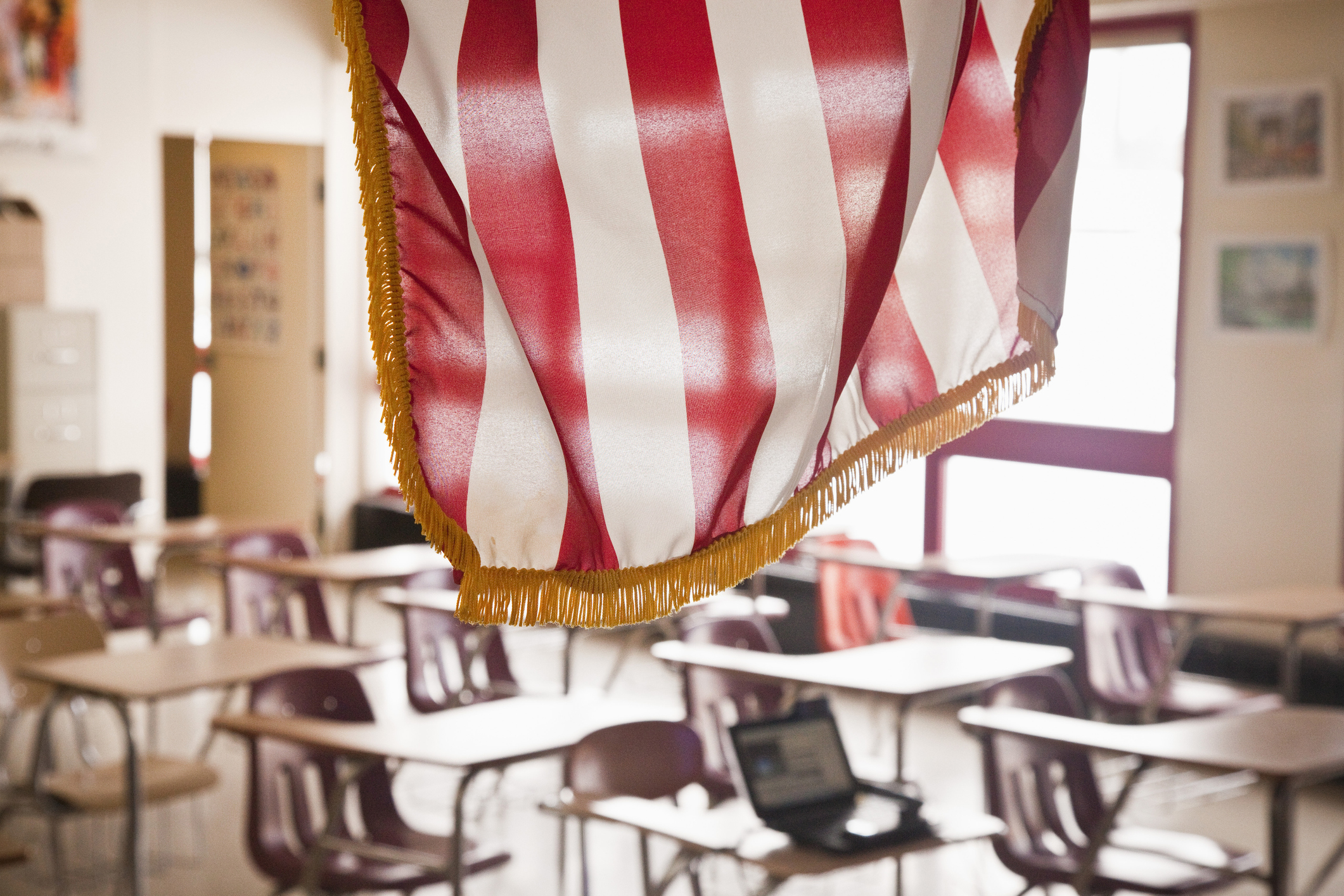Our K–12 students need guidance out of ignorance.
Academy Delenda Est

Taxing universities is key to solving our student debt mess.
A skeptical Supreme Court heard oral arguments on the Biden Administration’s unilateral student loan forgiveness handout this week. While the Court can put a stop to it for being well outside the powers of the executive branch, it cannot roll back the electoral boost loan forgiveness likely lent Democrats in the midterms, when it seems to have produced a surge of young voters going to the polls.
Conservatives have often dismissed ballooning student loan debt as a problem of personal responsibility. But with college debt surpassing car payments and the majority of student loans (now “paused” in repayment at a cost of $100 billion so far) likely to go into default, it’s long past time to address the underlying systemic problems in higher education. Refusing to acknowledge the problem has allowed the Left to produce popular but polarizing bailout proposals like the one under fire in the Court. These proposals saddle a politically realigning working class with the responsibility of bailing out the professional managerial elite that now comprises the most influential faction of the Democratic base.
Instead of Old Economy Steven-style denial of the financial realities of going to college in the last two decades, the Right should instead lay the blame, and more importantly, the bill, where they belong: at the feet of universities that have jettisoned academic standards for inflated prices and hollow woke credentialism.
The Left argues that student debt is leaving Millennials and Zoomers unable to make big purchases like homes and cars, even impeding family formation, because they “did the responsible thing” and went to college. The Right answers that it is not the job of the taxpayer—especially those who avoided debt by eschewing a four-year degree or who sacrificed to pay it off—to bail out students who chose the college track and statistically have higher earning power than those asked to foot the bill. Both have a point.
Student loan debt is a real problem, with real consequences that the Right must confront and take seriously. There’s $1.8 trillion in outstanding student loan debt. Because 93% of loans are originated or held by the Department of Education, the taxpayer is already on the hook for the inevitable coming wave of defaults. If we do nothing, we will have a taxpayer bailout by default in the next half decade.
Now that President Biden’s “pen and phone” forgiveness solution is likely to be struck down, America has an unprecedented opportunity to confront the student loan problem, tackle its root causes, and put the country and its education system on surer footing going forward. We can do this simply by recognizing the responsibility of the real beneficiaries of our student loan and consequent forgiveness policies: universities themselves.
What’s Good for Universities Is Bad for America
At root, the student loan problem is a college cost problem. If debt-to-income burdens were similar today to those of 1983 graduates, the political pressure for bailouts would have remained low. The subsidization of the student loan market began with the Great Society in the 1960s, but in the intervening decades, it’s become clear that skyrocketing tuition costs are tied directly to the availability of government-backed loans. These loans provide no value assessment or brakes on what a college or university can charge in tuition and have no connection to the economic value of the degree once a student leaves campus.
Universities can charge whatever they want for their product, and the students are the ones stuck with insurmountable and disproportionate debt on the back end. Throw in millions of dollars in aggressive marketing to every graduating high schooler, largely 17 or 18 years of age, and the conduct of these institutions looks closer to what we would call predatory behavior in any other context.
Some on the Right urge “personal responsibility” for young borrowers, but the reality is that the shape of the economy leaves most young people with an unpalatable slate of options. As subsidized colleges churn out more and more underqualified graduates, those who do not go the degree route find themselves competing for the same jobs with those who did—jobs that do not financially support payments on what are sometimes six-figure loans. The public policy choice to favor the higher education track over other options has led to a kind of “credentialling treadmill,” leaving all Americans worse off whether they choose to take on debt or not.
Meanwhile, the Biden Administration and the Left have called on the people already struggling to compete with debt-laden college grads for employment also to pay off their loans, which is obviously unfair when you consider the average incomes involved. Those who set foot on campus are already more likely to come from wealthier homes. A full debt relief program would deliver $7 in forgiveness to the professionalized top quintile of the income spectrum (to doctors, lawyers, accountants, and bureaucrats) for every $1 in forgiveness to the bottom fifth of earners.
In our current situation, the worker without a degree and the student with unsustainable debt lose, but the universities get their money up front. In fact, this set of policy decisions has generated a bonanza for universities, which in turn has fueled millions of square feet of new construction, an ever more bloated administrative payroll, and entire academic departments that consist of training future political commissars.
If a solution to the student debt crisis is necessary, let the funds for the bailout be taken out of the deep pockets of the universities themselves.
Skin in the Game
Taxing universities for the price of their graduates’ failures creates accountability in the university sector by investing the institutions in the success of their graduates. Levying taxes on the university sector for the unpayable debts of their students links their tax burden directly to the debt their customers take on. It gives them a reason to keep that debt manageable.
Ideally, a free market in loans would create that kind of evaluation, since banks evaluating the feasibility of loans would take into account the value of the degrees a university was granting. But because the federal government has guaranteed and subsidized the student loan market for decades, this kind of sane appraisal of a borrower’s likely ability to repay is impossible without major restructuring of federal programs.
The Value of Higher Education Has Never Been More in Doubt
The special status of universities as mostly nonprofit institutions with heavy public investment is predicated on factors that are less true today than in the 1960s when taxpayer money first started to flow their way. The enormous largesse of the taxpayer was extended on the assumption that higher education is a “public good” and therefore different than any other product or service sold by ordinary businesses; that more university graduates would mean both a higher GDP and more wise citizens and leaders.
It’s still true that the average college graduate earns about a million dollars more over the course of a lifetime than compared to the average worker without a degree. But the university’s role in producing this wealth seems doubtful when you consider that most students—in fact a higher proportion than in 1970—come from homes that are already in the top half of the income spectrum. Universities have for decades been more valuable as expensive elite networking citadels than as actual educational institutions, a purpose hardly in need of public subsidy.
And as for wiser citizens, that seems more like a laugh line than a serious prospect in 2023. The ranks of woke indoctrinated graduates have injected their ideology and cultural revolution struggle sessions into every powerful institution in the country, from government agencies to the Fortune 500. For this reason and others, Americans largely no longer trust universities, and the proportion of the public that considers the sector a net positive for the country has been in free fall since about 2015, driven by collapsing approval from both Republicans and independents.
Taxing the higher education sector—treating it like the vast money- and status-making enterprise that it is—is not a novel or exclusively right-wing idea. Prominent universities have long been locked in municipal political combat with the towns in which they reside, displacing businesses that would provide local tax revenue, and often paying a voluntary pittance on what would be important tax income streams. And the kernel of the idea has already been passed into law; a tiny and mostly nominal tax of 1.7% was slipped into the Tax Cuts and Jobs Act under the Trump Administration over the vociferous complaints of Harvard and Yale lobbyists. Demanding that universities “pay their fair share” in exchange for lifting the debt burden on the minority of lower-income borrowers could potentially enlist some bipartisan cooperation, likelier at the state and local levels than on the federal one.
Universities have grown rich off the policy choices that make life more challenging for those with and without degrees alike. They’ve used taxpayer generosity to situate themselves as little more than ideological gatekeepers to the halls of power and success. Yale’s endowment ranks among the top ten largest hedge funds in the country, and the University of California system is among the largest landowners. Yet they’ve escaped any public responsibility for the indebtedness of their graduates while they actively lobby to throw that burden on mechanics and restauranteurs. Student loan forgiveness on their backs is a regressive solution that entreats the poor to pay the burdens of the rich. But student loan forgiveness on the backs of the universities that have become rich is a much more just and enticing proposition.
The American Mind presents a range of perspectives. Views are writers’ own and do not necessarily represent those of The Claremont Institute.
The American Mind is a publication of the Claremont Institute, a non-profit 501(c)(3) organization, dedicated to restoring the principles of the American Founding to their rightful, preeminent authority in our national life. Interested in supporting our work? Gifts to the Claremont Institute are tax-deductible.
Universities must not set speech codes in the name of tolerance.
The Fairness in Higher Education Accreditation Act attacks wokeness at its core.
A bold plan for education reformers.
Well-meaning Americans are being suckered into an illiberal political cabal.
A new project lays bare the use of public funds to promote hateful discourse.






